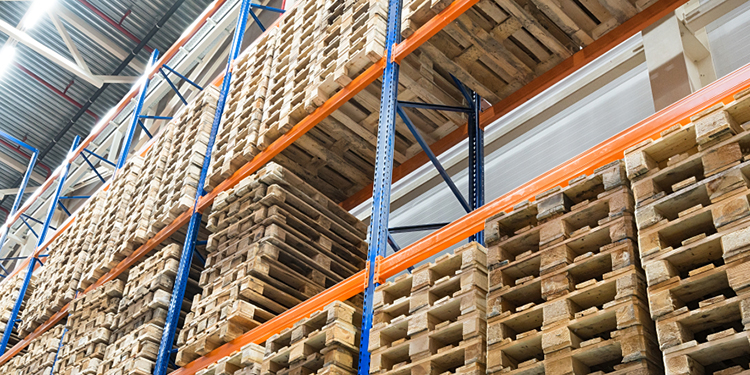Although a rack structure may look like a standalone installation within a facility, building codes govern the safety of its design and installation.
In fact, the International Building Code (IBC)—developed by the International Code Council and adopted for use as a base code standard by the majority of jurisdictions in the U.S.—references RMI’s ANSI MH16.1: Design, Testing and Utilization of Industrial Steel Storage Racks in section 2209.1 as the standard for safe design and installation of steel storage racks.
Likewise, the National Fire Protection Association’s NFPA 5000 Building Construction and Safety Code references the same standard.
That’s because the safe design, manufacture, and installation of a rack structure depend on a variety of building-specific factors. These include flooring, soils, anchoring, load type to be stored, handling equipment, and more. The facility’s geographic location also impacts rack design, as seismic considerations vary depending upon the potential for earthquakes in a region.
Rack system design is subject to a building codes review. It may also require permitting at the jurisdictional level (state, county and/or municipality). The IBC always applies to the design and manufacture of racking systems.
The following design specifications are part of the IBC code:
- American Iron and Steel Institute (AISI)
- American Institute of Steel Construction (AISC)
- American Concrete Institute (ACI)
- American Society of Civil Engineers (ASCE)
- National Earthquake Hazard Reduction Program (NEHRP)
- Federal Emergency Management Agency (FEMA)
Want more information? RMI’s publication “Considerations for the Planning and Use of Industrial Steel Storage Racks” offers more detail in Chapter 1, “Storage Rack References and Information Sources.”




